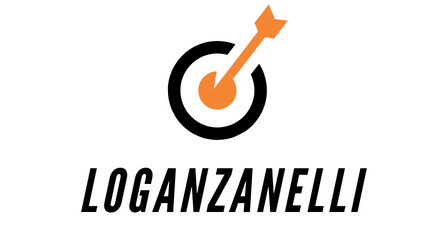Linux patch management: secure your servers efficiently
Keeping your Linux servers secure is paramount. Effective patch management is the cornerstone of this defence. Regular security updates and patching not only protect your data but also ensure compliance with industry standards. Discover strategies for efficient Linux server patching, explore automation tools, and learn how to enhance your server's overall security. Ready to protect and optimise your IT infrastructure? Let's delve into the essentials.
Best Practices for Linux Server Patch Management
Implementing a robust patch management strategy is crucial for maintaining Linux server security. Begin with a thorough inventory of all systems, identifying which need regular updates. Automate patch deployment to reduce human error and ensure timely updates. Utilize tools like LinuxPatch for automated patch management and AI-powered CVE reporting. These tools streamline the process, offering one-click updates and selective patching based on server roles as you can in https://linuxpatch.com/.
Dans le meme genre : How Is Distributed Ledger Technology Innovating UK’s Supply Chain Management?
Importance of Regular Security Updates
Regularly applying Linux security patches is vital to protect against vulnerabilities. Schedule updates during low-traffic periods to minimize downtime. Employ Healthchecks monitoring to verify the integrity of updates and ensure systems remain operational post-patch. Continuous monitoring and instant alerts help in maintaining compliance and minimizing security risks.
Recommended Patch Management Tools
Leverage advanced patch management tools like LinuxPatch, which offers universal compatibility across various distributions and purpose-based grouping for selective updates. Its automated RMM capabilities also enhance efficiency by centralizing patch management and providing remote control features. These tools not only improve security but also streamline server maintenance and compliance.
Dans le meme genre : What’s the Latest in Wearable ECG Monitors for Cardiac Patients?
Automated Patch Deployment Solutions
Automating patch deployment is essential for maintaining Linux server security. Tools like LinuxPatch offer significant advantages. With one-click updates and AI-powered CVE reporting, LinuxPatch ensures timely and accurate patching. Its portable agent eliminates library dependencies, simplifying the process.
Key Features of LinuxPatch
- Universal Compatibility: Supports all major Linux distributions, from Ubuntu to CentOS.
- Healthchecks Monitoring: Integrated system checks to verify update integrity.
- Dynamic Grouping: Purpose-based grouping allows selective updates, enhancing efficiency.
- Instant Alerts: Receive real-time notifications about patch statuses and system health.
Scalability and Pricing Models
LinuxPatch caters to various business needs:
- Hobby & Personal Use: Free for up to 3 servers.
- Startups: $1 per server per month for up to 1000 servers.
- Enterprise: Custom pricing with dedicated infrastructure and SLA for unlimited servers.
By leveraging automated patch scheduling and patch automation software, businesses can ensure robust cybersecurity for Linux servers while optimizing operational efficiency.
Enhancing Server Security and Compliance
Ensuring compliance with security regulations is paramount. Effective patch management plays a critical role in this. Regularly applying updates helps maintain adherence to standards like GDPR, HIPAA, and PCI-DSS. LinuxPatch offers centralized, automated solutions that streamline compliance efforts, reducing the risk of non-compliance penalties.
Conducting regular vulnerability assessments is essential to mitigate security threats. These assessments identify potential weaknesses before they can be exploited. Tools like IBM Security X-Force provide valuable threat intelligence, helping IT teams stay ahead of emerging threats.
Maintaining server security and performance requires scheduled maintenance and updates. Automating these processes minimizes downtime and human error. Healthchecks monitoring ensures that updates do not compromise system integrity, while instant alerts provide real-time notifications about patch statuses and system health. This proactive approach to IT infrastructure security not only enhances protection but also ensures continuous operational efficiency.
